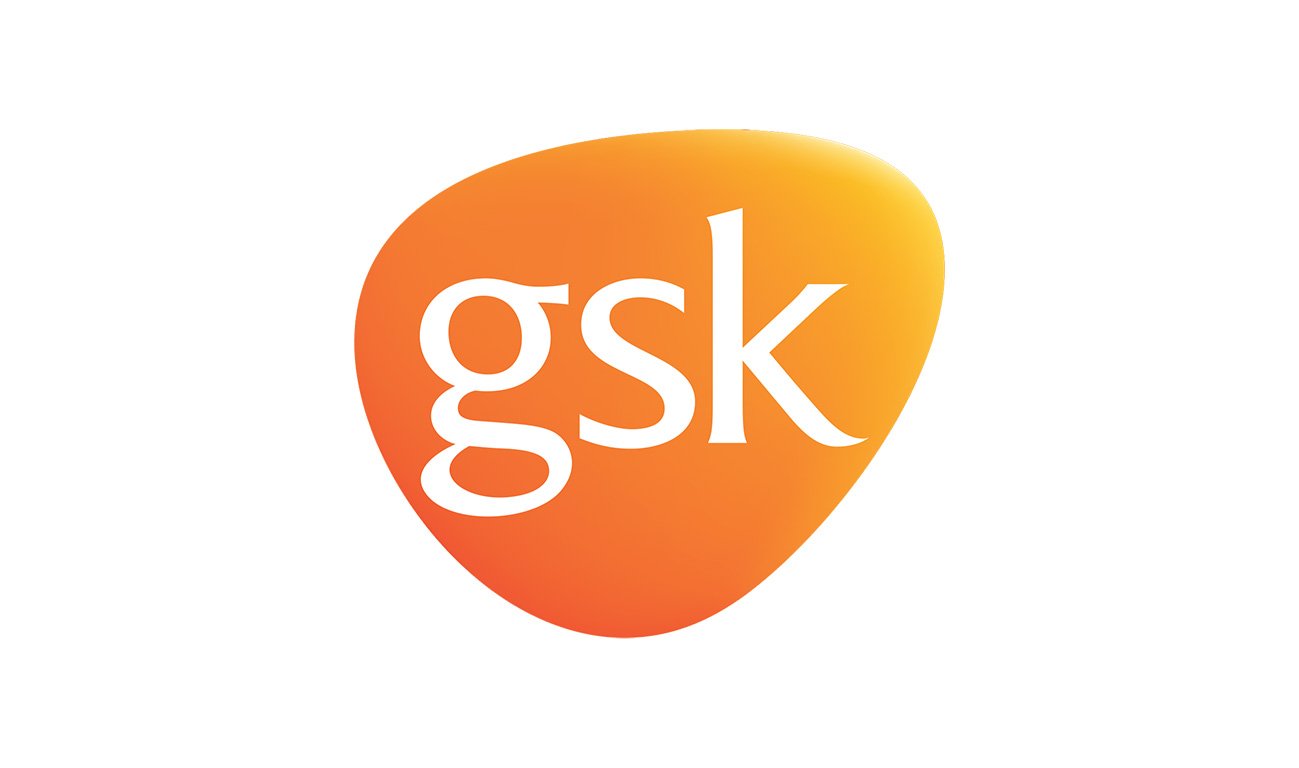Hurricane Katrina Showed Us We Can Do Better
What GSK learned from Katrina
Ten years ago, Hurricane Katrina hit the US Gulf Coast, leaving more than 1,300 people dead, forcing one million people from their homes and leaving 372,000 children without schools. Nobody was prepared for such devastation. In fact, it took seven months to reunite the last child with her family after thousands of children were reported missing. It was a true wake-up call for disaster preparedness and disaster relief across the US.
Doing better for our employees
At GSK, we realized there were things we could do to be better prepared. We had to change some of the ways that we handled crisis situations – simple things like using Facebook, Twitter and text messaging to reach our employees. We began using federally approved disaster grants to help employees address immediate needs for themselves and their families.
Doing better for communities
We also looked at ways to build on our history in disaster relief. GSK's product donations, financial contributions, employee giving and matching gift programs have been important to disaster recovery. In the aftermath of situations like Katrina, we learned we could contribute to disaster preparedness to help improve community resilience and health.
Meeting the needs of children when disasters strike
Meanwhile, Save the Children was focusing on the impact disasters have on children – one of our most vulnerable populations. Within days after the storm, Save the Children began re-equipping schools devastated by Katrina. They developed and funded in-school, after-school and summer programs so children could get back to learning and start the recovery process as soon as possible. But they had learned from Katrina that the needs of children were not being met during and after disasters – and ten years later, their new research shows that children still face unnecessary risks when disasters strike.
In 2013, GSK began a global partnership with Save the Children focused on helping the world’s poorest children. Earlier this year, we announced a US partnership with Save the Children and Columbia University’s National Center for Disaster Preparedness designed to help communities protect children after disasters. The 3-year, $2-million grant focuses on creating an emergency preparedness model that will be piloted in two communities and shared nationally.
This week in New Orleans
This week GSK was in New Orleans at Kingsley House, a historic social service agency that Save the Children supported through summer camp and resiliency programs after Katrina. At Save the Children’s Prep Rally, the room was filled with four-year-olds petting Save the Children’s animal ambassador, Lassie, and playing games like a disaster supply relay race - watch Lassie in action. But behind the fun and games was a serious mission: helping the children to feel safe and prepared during an emergency.
Make your own emergency contact cards.
Photo credit: Lee Celano/Save the Children






